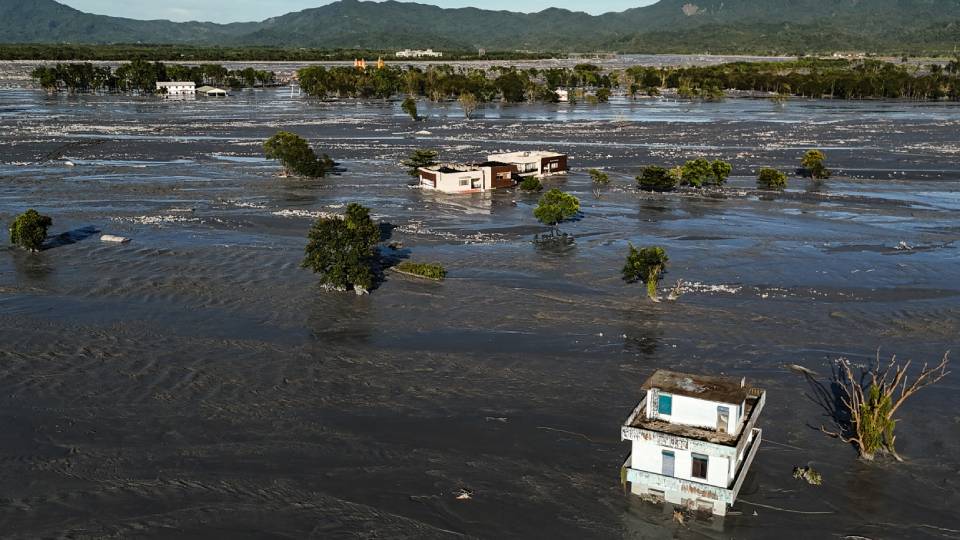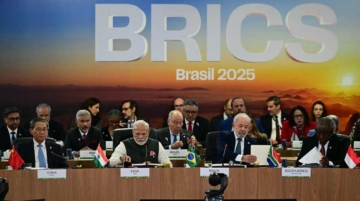November’s COP30 gathering in Belém, Brazil, marks three decades since COP1 in Berlin in 1995, and raises a sobering reminder of how deep we’ve sunk into a climate morass of our own making amid non-stop warnings. The evacuation of millions of people and the deaths of at least seventeen due to Typhoon Ragasa’s rampage through the Philippines, Taiwan, and China couldn’t have been more pointedly timed as U.S. and Chinese leaders outlined their very different visions of the climate crisis to the UN General Assembly last week.
U.S. President Donald Trump spun lie after lie in his trademark adenoidal wheeze. He absurdly claimed that China somehow doesn’t use the wind power they produce: “Those windmills are so pathetic and so bad,” he said. “And most of them are built in China, and I give China a lot of credit. They build them, but they have very few wind farms. So why is it that they build them, and they send them all over the world, but they barely use them?”










